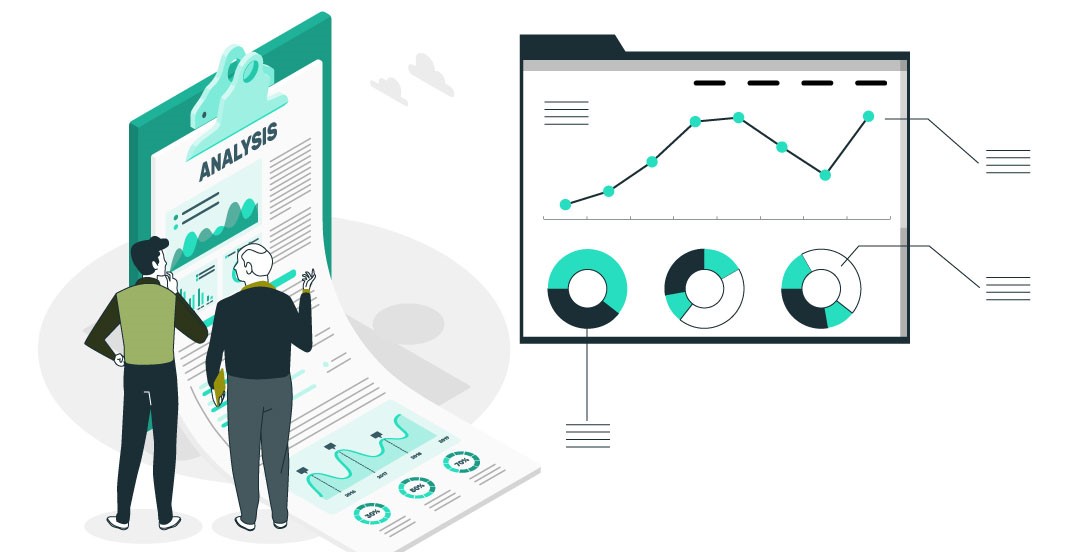Digital marketing forms a necessity for businesses that require a larger audience and the biggest tool which can be utilized with this purpose is Google Ads. It advertises any size’s company to its potential clients at the best time when that person is seeking products or services. The article would discuss Google Ads: how it works, its advantages, and a step-by-step approach on setting up and optimizing a campaign.
1. Introduction to Google Ads
Google Ads was formerly known as Google AdWords and is the online advertising of Google. It allows firms to create ads that would display on Google’s SERP, YouTube, or even other websites in Google’s network. Google Ads aids a company in reaching active searching people for related products and services, which are an effective way to generate the most valuable leads and get high conversions.
2. Why Google Ads
There are several reasons why business would be interested in using Google Ads to boost online presence, reach specific audience, and promote their brand. Just to mention some of the most important reasons:
- Visibility: The first page of the Google search result is what Google Ads avails to you so that users will find you much easier.
- Targeted Advertising: You reach the right audience through specific keywords, locations, devices, and demographics with this tool.
- Performance Tracking: Google Ads provides in-depth measures and reporting to track the campaign and aids in making continuous alterations.
- Cost Control: Google Ads charges only for every click or every time that particular advertisement is clicked by a customer via its pay-per-click model. Therefore, firms have the effective control over budgets.
- Scalability: Google Ads can work with businesses of all kinds and scaling campaigns up or down depends on specific goals and budgeted for these campaigns.
3. Available Campaigns in Google Ads
The available campaign types in Google Ads can fit a specific advertising goal as shown below:
- Search Campaigns- ads that appear on Google when some keyword is searched for.
- Show Campaigns – show ads that appear on the network of Google’s partner sites that can be used to establish a brand.
- Video Campaigns- YouTube video ads appear before, during, or after any video and are good for engagement
Shopping Campaigns: Product-based ads that appear within Google Shopping and search results; good for e-commerce sites.
App Campaigns: Ads that drive installs of your app and in-app actions across Google’s network.
Each type of campaign has its specific features and targeting options. Therefore, select one depending upon whatever you want to accomplish through your business.
4. Google Adwords Setup
It is relatively easy to get started with a Google Ads campaign. Here’s how you do it step-by-step:.
Step 1: Set Up a Google Ads Account
Go to Google Ads website. Create an account. Set up your billing information by following the on-screen instructions.
Step 2: Research Keywords
Identify what keywords your intended customers will probably use to find your product or service. Use Google Keyword Planner to identify relevant keywords; look at search volume and approximate bid costs
Step 3: Define Your Goals
Select what you wish to achieve through your campaign, whether it is visits to the website, sales, leads, or installations through an application. Such clarity of your goals will also help you in creating advertisements that ought to be targeted correctly.
Step 4: Create Interactive Ads
Ensure your ad copy is engaging. Your headlines should be so appealing that the description about the ad would clearly declare what value proposition you are bringing out in front of the world.
Decide who to target with demographics, location, device, and even interest targeting. Google Ads has some very strong options that help you target only the right people for your campaign.
Step 6: Set Your Budget and Select a Bidding Strategy
Set your daily budget. Select a bidding strategy. Use conservative amount as the start budget to allow for growth up based on performance.
5. Google Ads Bidding Strategies
Google AdWords offers some mixed strategies for bidding that enable the owner to control his budget and approach to bidding depending on what the objectives of the campaign are. Some of the most popular ones are: You could use
- Manual CPC: You’re supposed to set a maximum cost-per-click bid on your ads to allow you to control your spending per click.
- Enhanced CPC: It automatically adjusts your manual bids to maximize the conversions within your set budget.
- Target CPA (Cost-Per-Acquisition): Converts at a cost per acquisition, hence means to be very effective for the creation of sales.
- Maximize Conversions: It automatically adjusts your bids to attain the maximum possible conversions based on your budget.
- Target ROAS (Return on Ad Spend): This uses your target return on ad spend in order to bid based upon the predicted revenue from each click.
- Every strategy is developed for a different purpose so that choosing the best one entirely depends on the aim and flexibility in your budget.
6. What is Ad Quality Score?
Quality Score is one of the factors of Google Ads success. It is actually that score between 1 and 10 showing the quality and relevance of your ads, keywords and their landing pages. Here’s why Quality Score matters:
- More Positions: Quality scores often appear more frequently on the search result pages, more often in the topmost positions.
- Less Cost-Effective: Quality ads are directly in relation to relevant keywords or a landing page that fetches an effective cost per click and spends little from the budget.
How to Improve Your Quality Score
- Use relevant keywords: The relevant keyword applied to the campaign and the ad copy. Likewise, make sure that the Landing Page Content is related to it.
- Optimized Ad Copy : Clear, Actionable and Compelling.
- Improve the User Experience: Your landing page should load fast, filled with great content and easy to navigate.
7. Effective Google Ads Optimization
Optimization is the heart of any campaign in Google Ads. Periodically adjusting your strategy will improve your performance and ensure you are getting a ROI.
Important Optimization Tips:
- Track Keywords: Keep a constant vigil on the performance of keywords. Add negative keywords which you wish not to have traffic from and adjust bids for high-performing keywords.
- Test Ad Variations: Keep many variations for ads and test via A/B testing which version yields a higher result.
- Tweaking Bids and Budget: Change bids and the budget by the results and get back better outcomes with those performances.
- Using Audience Targeting: The use of data about an audience may enable better targeting based on the behavior on and around your website of any visitor.
- Plan Ads Wisely: Use ad scheduling so that your ads appear during the times of maximum activity among your target audience, perhaps at certain hours of the day or on certain days of the week.
8. Success Measurement and Key Metrics
Google Ads generates a goldmine of information on how well your campaigns are working. Some of the most important metrics you should always keep an eye on include:
- Click-through rate: The percentage of people who clicked on your ad after viewing it. The higher the click-through rate, the more relevant and attractive your ad is.
- Conversion rate: This is the percentage of clicks that convert into the desired action-like purchase or lead.
- Cost per conversion is the average money spent per conversion, so you will know about campaign efficiency
- Return on Ad Spend: This will be revenue acquired per dollar. A vital metric applied in measuring profitability.
- Impressions and Reach: This would be a number of people who have seen your ad and also how many times the ad has shown up.
- With these metrics, you will be able to make the right call to change your campaign in order to meet the marks.
9. Tutorials
To learn about optimizing your Google Ads, find a Google Ads course that will train you with best practices, advanced strategies, and tips given by an industry expert. This will serve you even further in making far more effective ads and enable you to understand the platform on a far deeper level.
10. Conclusion
In fact, Google Ads is among the most potent online visibility tools for all sizes and types of businesses. If you have the right type of campaign, an appropriate bidding strategy, and ongoing optimization of your ads, you’ll be good to go with a very successful Google Ads campaign. Whether you are new in the world of online advertisements or fine-tuning the approach to attain perfection, Google Ads provides flexible data-driven solutions helping to reach the targeted audience and grow your business further.




